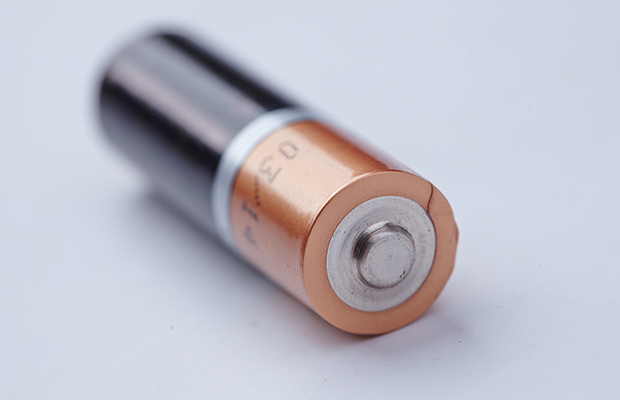Gadget Freak – The Powerful story Of The Dry Cell Battery

Not all great inventions are great in size as well – some can fit even into the palm of the smallest hands. The smallest of things can make the biggest differences. This saying was definitely proven by the birth of the dry cell battery.
It might surprise you to find out that batteries are, in fact, much older than you probably thought. While digging at Khujut Rabu in 1938, Wilhelm Konig, a prominent archaeologist, discovered some unusual clay pots, about 5 inches long, which contained an iron rod encased in copper, dating from about 200 years BC! Numerous tests proved that they were filled with acidic substances (like vinegar or wine), which led Kong to the conclusion that they were ancient batteries.
Fast-forwarding to 1799, a noted Italian physicist going by the name of Alessandro Volta created the very first battery, which was the first device that emitted a steady, lasting current.
He managed to do so by stacking alternating layers of zinc, brine-soaked pasteboard or cloth, and silver.
Alas, the height at which the layers could be stacked was limited due to the weight of the whole pile, which squeezed the brine out of the cloth.
Luckily, the human kind was not scheduled to wait much longer for another breakthrough in battery technology, John Frederick Daniell, an English chemist, invented the Daniell cell in 1836. The battery was constructed by placing a copper plate at the bottom of a glass jar, and pouring a copper sulfate solution over it to half-fill the jar. Then a zinc plate was hung in the jar, and a zinc sulfate solution was added to it this time.
One wire was connected to the zinc plate (the negative terminal), while another one led from the copper plate (the positive terminal). Since copper sulfate is denser than zinc sulfate, the zinc solution floated to the top of the copper solution and surrounded the zinc plate. The Daniell cell managed to become a common way to power doorbells and telephones at the time.
A few decades later, in 1898, the National Carbon Company manufactured the Colombia Dry Cell which became the first commercially available battery on the US market. The fame company later became the Everedy Battery Company, which produces the Energizer brand of batteries to this day.
Along the years, many different kinds of batteries were created, from alkaline storage ones, to alkaline-manganese batteries, and even solar cells. They last much longer than when they were first created, and some can even be recharged.
Batteries became a product whose existence is crucial (to some lengths) for the life as we know it today, and they made the existence of many gadgets possible.












